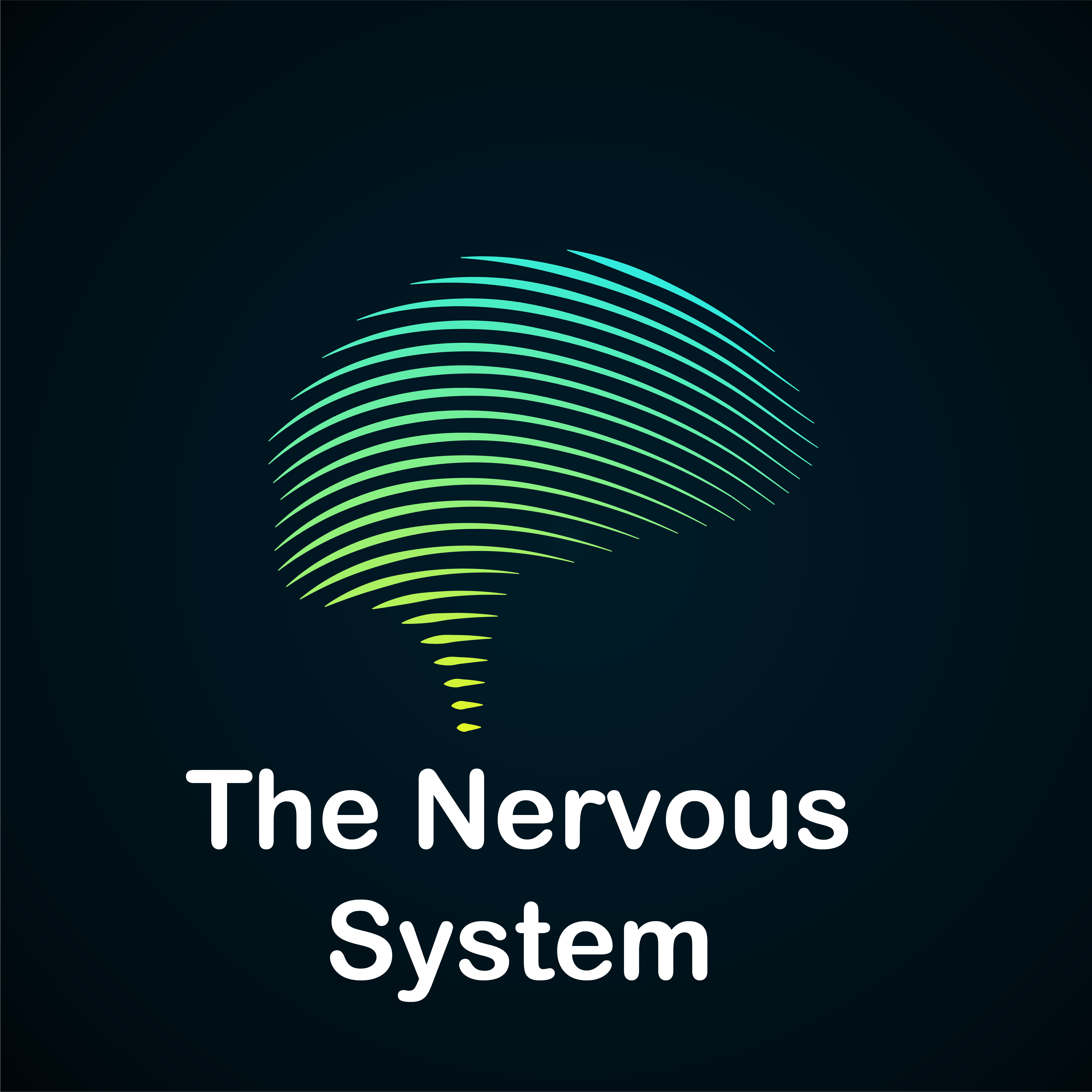Anatomy of the Nervous System
Introduction:
The nervous system is the body’s electrical system, consisting of the brain, spinal cord, and nerves. It is responsible for sending, receiving, and processing information and coordinating the body’s response to internal and external stimuli.
Brain
The brain is the body’s control center and is responsible for controlling all of the body’s functions, including movement, sensation, thought, and emotion. The brain is divided into three main parts: the cerebrum, cerebellum, and brainstem.
- The cerebrum is the largest part and is responsible for conscious thought and control of voluntary movement.
- The cerebellum is located under the cerebrum and is responsible for balance and coordination.
- The brainstem is located between the cerebrum and the spinal cord and controls vital functions, such as breathing and heart rate.
Spinal Cord
The spinal cord is a long, slender tube of nerve tissue that runs from the brain through the center of the vertebral column. It carries messages between the brain and the rest of the body. Also, it serves as a reflex center, automatically allowing the body to respond to stimuli without needing conscious thought.
Nerves
The nerves are the body’s electrical wires and are responsible for transmitting information to and from the brain and the rest of the body. There are two types of nerves:
- Sensory nerves, which carry information from the body to the brain, and
- Motor nerves, which carry instructions from the brain to the body.
Nerves are composed of fibers called axons and dendrites, which are surrounded by a protective sheath called the myelin sheath.
Neurons and Synapses
Neurons: Neurons are the basic unit of the nervous system and are responsible for transmitting information. They consist of a cell body, dendrites, and an axon. The cell body contains the nucleus and other organelles, and the dendrites and axon receive and transmit signals, respectively.
Synapses: Synapses are the gaps between neurons where information is transmitted. When a neuron receives a signal, it sends an electrical impulse down the axon to the synapse. At the synapse, the impulse triggers the release of chemicals called neurotransmitters, which cross the synapse and bind to receptors on the next neuron. This process is called neurotransmission.
Additional parts
Additionally, we also have the sympathetic and parasympathetic parts of the nervous systems. The sympathetic and parasympathetic nervous systems are two branches of the autonomic nervous system responsible for controlling involuntary functions in the body, such as heart rate, blood pressure, and digestion.
The sympathetic nervous system is often referred to as the “fight or flight” system because it prepares the body for action in response to stress or danger. It increases heart rate and blood pressure, dilates the pupils, and increases the production of stress hormones.
On the other hand, the parasympathetic nervous system is often referred to as the “rest and digest” or “feed and breed” system because it promotes relaxation and digestion and helps regulate reproductive function. It slows the heart rate and blood pressure, constricts the pupils, and promotes the production of digestive enzymes. It also stimulates the production of sex hormones and increases blood flow to the reproductive organs.
Both the sympathetic and parasympathetic nervous systems work together to maintain balance in the body and ensure that the body’s functions are operating properly.
Summary
This is far from a comprehensive list of the nervous system but more of a very brief overview of a complex system. Each one of the parts mentioned in this guide will have its own guide where we dive deep into how they work and why they are important to understand. While there is not a shortage of resources or guides to these things all over the internet, the list above is very concise and to the point over the main idea for this system. If you’re interested in additional resources, we have a brief study guide for all the main systems available for free, with even more available if you subscribe and create a paid account today.
